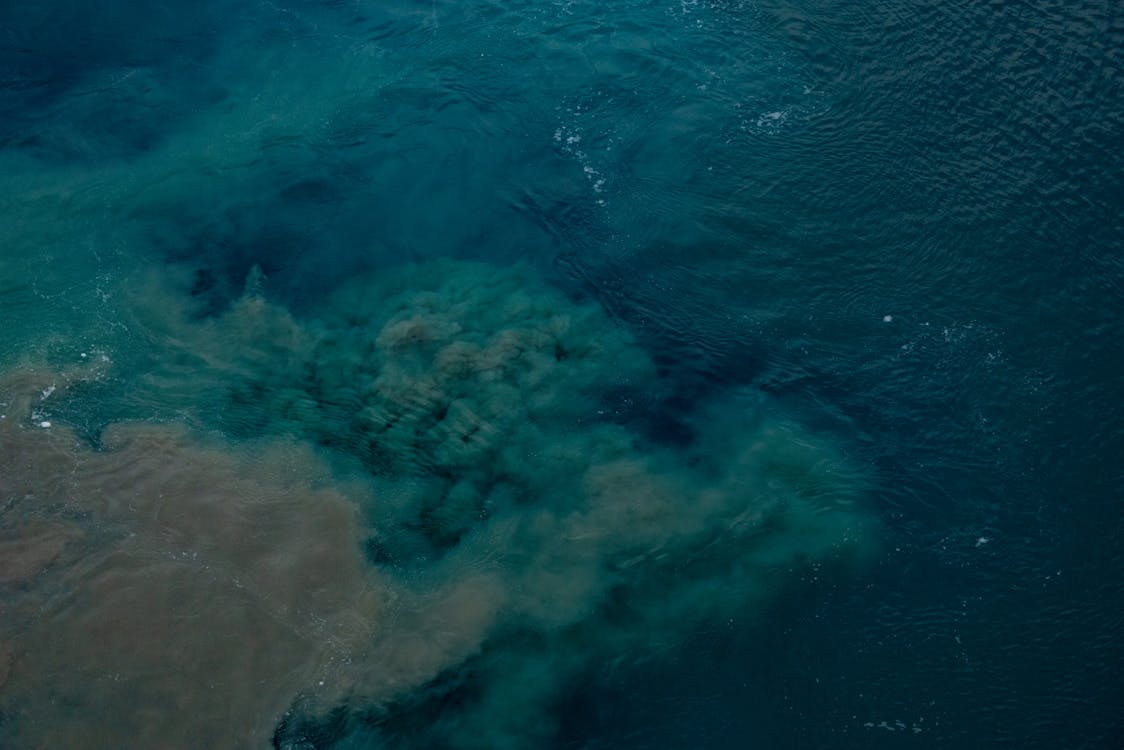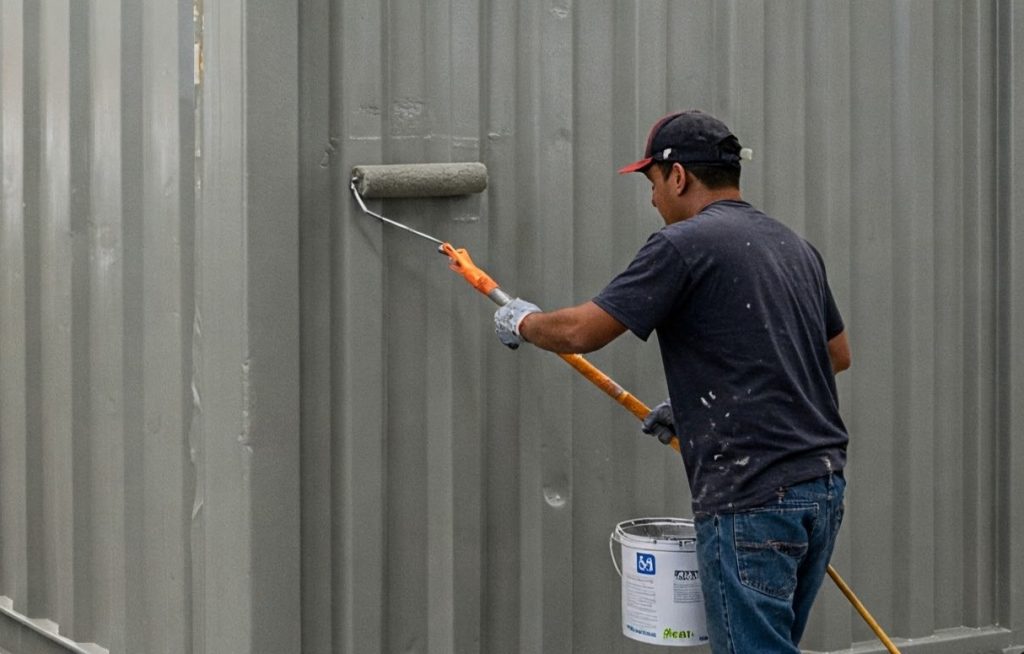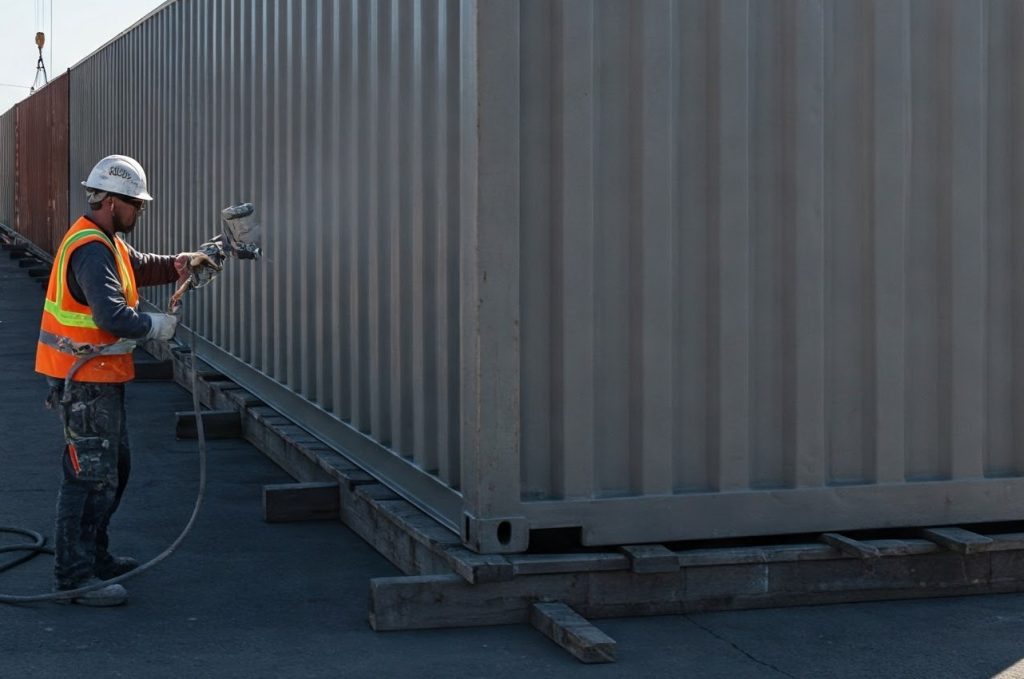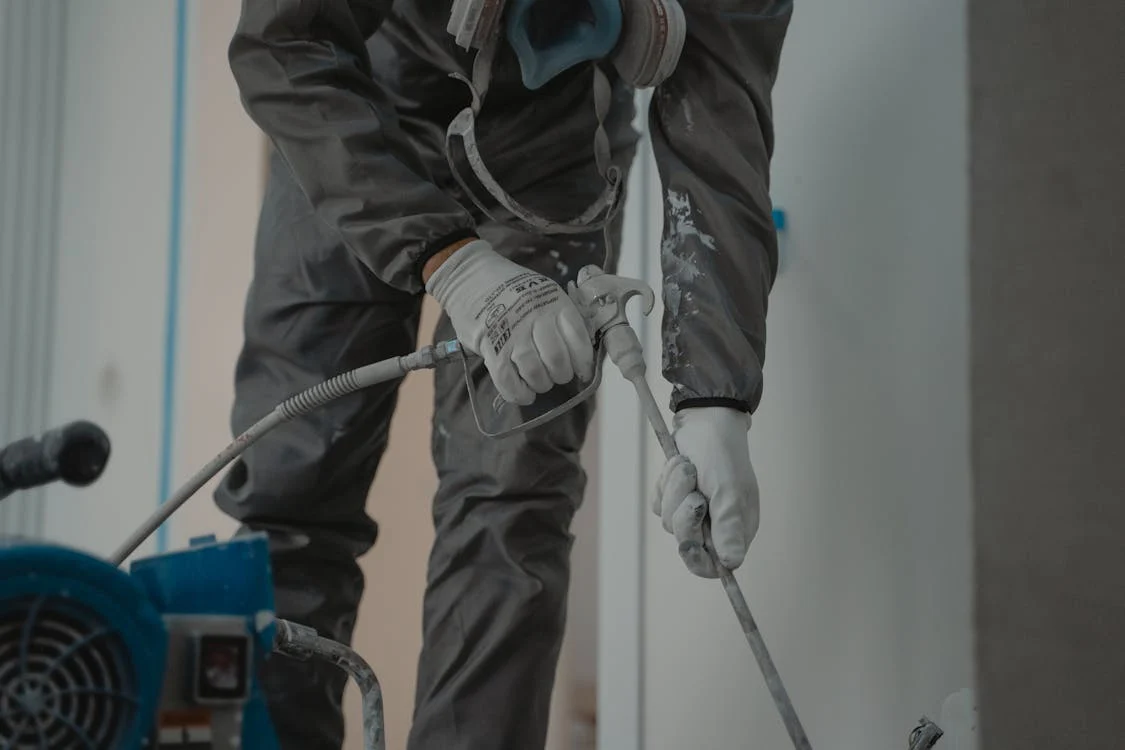Before they enter the market, shipping containers must have shipping container coating to protect them from any damage that can compromise them.
However, things about shipping container coating can be tricky. Because of its extensive chemical composition, there is an ongoing effort to make it eco-friendlier.
So, how do experts make such coating leave fewer impacts on the environment? Find out below!
Also Read: Green Shipping in 2025: Importance and Potential Measures
Environmental Impact of Conventional Paint Coat in Cargo Ships and Shipping Containers

For decades, shipping containers and modern cargo ships have been coated with solvent-based paints designed to protect against corrosion and marine biofouling.
These coatings contain toxic chemicals such as copper oxide and zinc, which are effective at preventing algae and barnacle growth but harmful to marine ecosystems.
When exposed to water, these paints release Persistent Toxic Elements (PTEs) that accumulate in sediments and aquatic organisms, disrupting marine biodiversity.
The environmental consequences extend beyond marine life. As containers age and their paint deteriorates, Volatile Organic Compounds (VOCs) are released into the atmosphere, contributing to air pollution and ozone depletion.
VOCs are a significant contributor to smog formation in urban areas, which negatively impacts air quality and public health.
Other than harming wildlife, these emissions pose health risks to humans, including respiratory issues and long-term exposure hazards for factory workers applying the coatings.
The widespread use of such paints has sparked legal actions and regulatory scrutiny. For instance, the U.S. Navy faced lawsuits in 2019 after scraping toxic paint debris into Puget Sound during maintenance operations.
These incidents highlight the urgent need for alternatives that balance functionality with environmental stewardship.
The Dangers of Solvent-Based Ship and Container Paint

Container builders usually use solvent-based paint for their ease of application and quick drying times.
However, their chemical composition makes them highly problematic for both human health and the environment.
Health Risks
Solvent-based coatings emit VOCs during application and as they degrade over time. These emissions can irritate eyes, lungs, and mucous membranes while posing carcinogenic risks.
Prolonged exposure can lead to chronic illnesses such as asthma or liver damage. Additionally, VOC emissions contribute to greenhouse gas accumulation, exacerbating climate change.
Marine Pollution
The copper oxide and zinc used in antifouling paints leach into water systems, poisoning marine organisms like crabs, shrimp, oysters, and barnacles.
These toxins accumulate in seafood consumed by humans, leading to developmental abnormalities or kidney diseases.
The bioaccumulation of these harmful substances in marine ecosystems disrupts food chains and threatens biodiversity.
Regulatory Challenges
Countries worldwide are tightening regulations on solvent-based paints due to their environmental impact.
Container manufacturers are now required to comply with stricter standards that limit VOC emissions and toxic runoff.
For example, the International Maritime Organization (IMO) has introduced guidelines aimed at reducing harmful emissions from shipping operations.
Emergence of Biocide-Free Paint Coat

In response to growing environmental concerns, researchers have developed biocide-free coatings that eliminate harmful chemicals while maintaining performance.
These innovative solutions rely on advanced engineering techniques rather than toxic substances to prevent biofouling on container surfaces.
How Biocide-Free Coatings Work
Biocide-free coatings use physical properties like smooth surfaces or specialized polymers that make it difficult for organisms to attach.
Today, many paint manufacturers use pharmaceutical-grade materials to create a self-polishing surface that reduces fuel consumption by up to 10% while protecting marine life.
Other biocide-free options utilize silicone-based technologies that create a slippery surface to which biofouling organisms cannot adhere effectively.
Benefits
- Eco-Friendly
These coatings do not release toxins into the water or air, preserving marine ecosystems and reducing pollution.
They help maintain cleaner oceans while supporting sustainable shipping practices.
- Cost Savings
Longer-lasting coatings reduce maintenance frequency and lower operational costs for container vendors like Tradecorp USA.
- Improved Performance
Enhanced fuel efficiency due to reduced drag contributes to lower greenhouse gas emissions during transport.
- Compliance with Regulations
Biocide-free coatings align with global environmental standards, ensuring businesses stay ahead of regulatory requirements.
Advantages of Water-Based Container Coating Over Solvent-Based

Water-based paints represent another significant advancement in sustainable container coating technology.
Unlike solvent-based options, these paints use water as a carrier instead of harmful chemicals, drastically reducing VOC emissions during application and drying processes.
Environmental Benefits
Water-based coatings minimize air pollution by emitting fewer VOCs compared to solvent-based alternatives.
This makes them compliant with strict environmental regulations in regions like California or Europe where VOC emissions are heavily monitored.
By reducing smog formation caused by chemical pollutants, water-based paints contribute positively to urban air quality.
Health Advantages
The absence of toxic solvents reduces health risks for workers applying the paint because waterborne coatings are less odorous and safer for handling during manufacturing processes.
With this advantage, factory workers can benefit from improved workplace conditions without exposure to hazardous fumes.
Durability
Despite being eco-friendly, water-based paints offer excellent durability against corrosion and weathering.
For example, epoxy primer combined with acrylic topcoat has proven effective at sealing containers while maintaining high performance over time.
Production Efficiency
Waterborne paints dry faster than oil-based options due to water evaporation rather than chemical curing.
This speeds up production timelines for container vendors looking to meet growing demand efficiently.
Industry Trends Driving Change

In case you wonder why many paint manufacturers shift to eco-friendlier products for shipping containers, the following are the reasons for doing so:
- Consumer Demand
Customers increasingly prefer eco-friendly products that align with their values regarding sustainability.
- Regulatory Pressure
Governments worldwide are imposing stricter rules on VOC emissions and toxic runoff from industrial operations.
- Corporate Responsibility
Companies like Tradecorp USA recognize the importance of adopting green practices as part of their brand identity.
- Technological Advancements
Innovations in coating technologies enable manufacturers to produce high-performance products without compromising environmental standards.
Also Read: Profile, Benefits, and Uses of 16-foot Shipping Containers
Conclusion
Despite shipping container coating may seem trivial during a container’s production, it can determine its lifetime impact on our environment. If you need to find a container builder with the utmost concern for environmental issues, contact Tradecorp today! With its focus on using eco-friendly materials in finishing and refurbishing shipping containers, Tradecorp always commits to environmental concerns in the industry.


